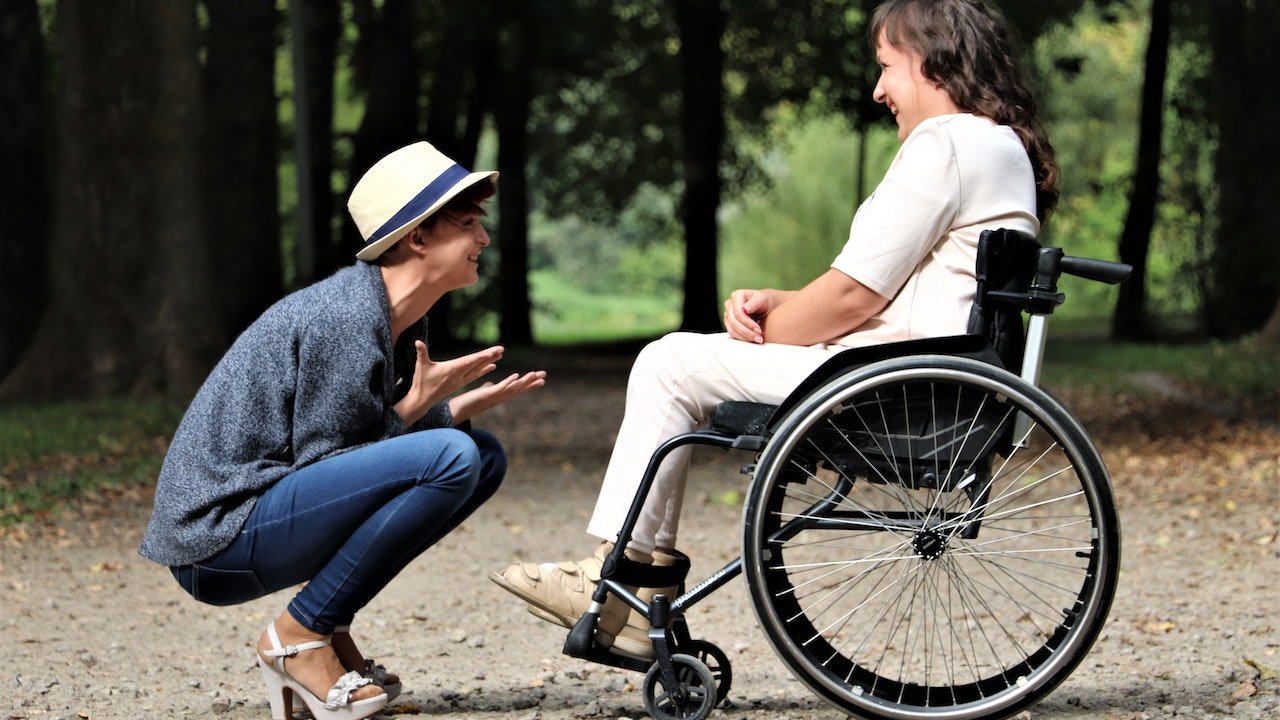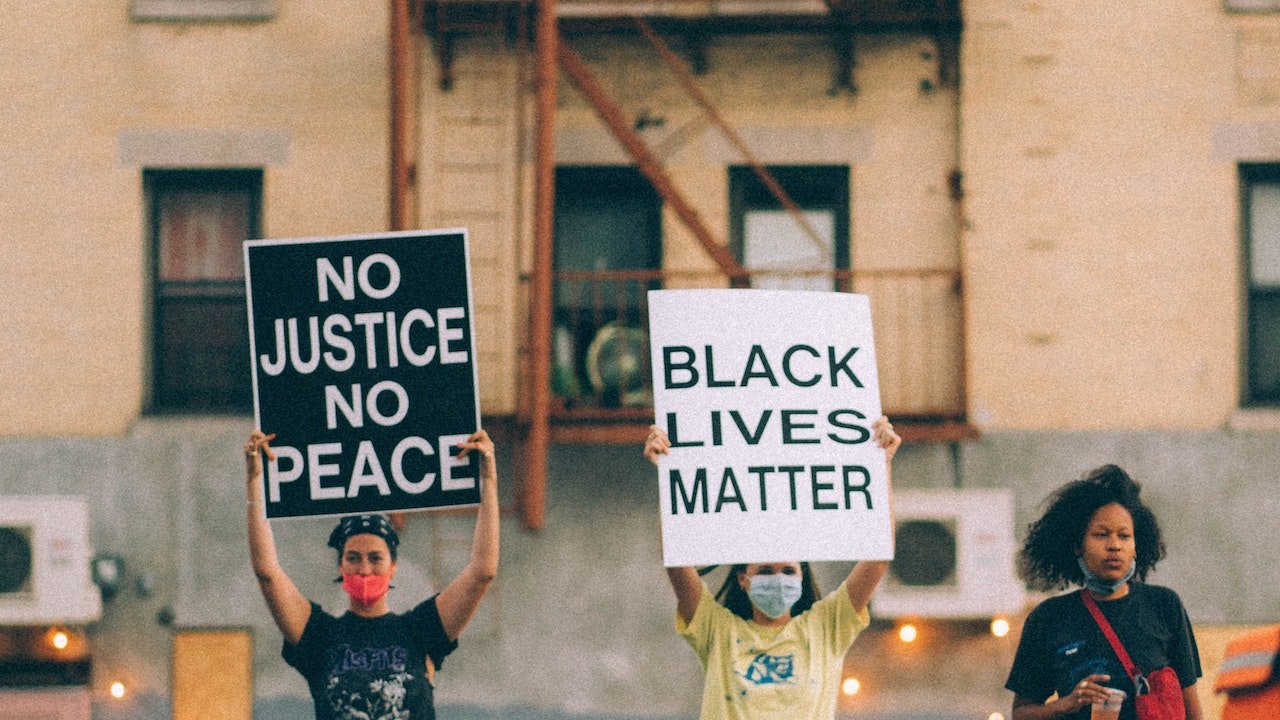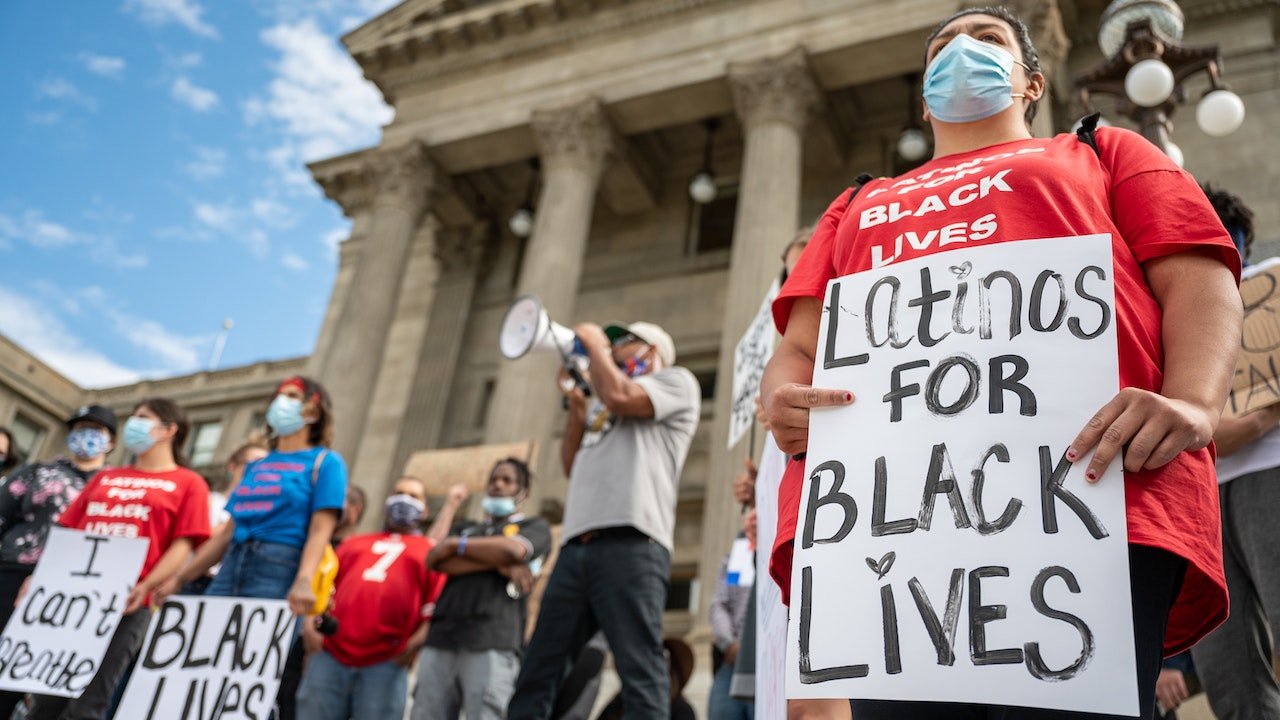The Disability Rights Movement: Advocacy and Civil Rights Laws 2023


In promoting the rights and equal treatment of people with disabilities, the Disability Rights Movement has been significant. This movement has worked to make society more accessible, non-discriminatory, and inclusive of people with disabilities over the years. In order to better understand the history, accomplishments, and influence of the disability rights movement, this article will focus on some of the important civil rights laws that have resulted from this effort.
A social and political movement called the Disability Rights Movement works to ensure that people with disabilities have access to the same opportunities as other people. It aims to end prejudice, advance accessibility, and guarantee that people with disabilities are fully integrated into society. Significant improvements in legislation and societal attitudes regarding disability have been made as a result of the movement.
Early History and Important People
The Disability Rights Movement’s beginnings can be traced to the middle of the 20th century when crippled World War II veterans demanded equal opportunities and treatment upon their return. Early leaders in the movement, including Ed Roberts, who rose to prominence as an advocate for disability rights while being paralyzed by polio, were extremely important.
The Rise of Organisations Promoting Disability Rights
Disability advocacy groups first emerged in the 1960s and 1970s, giving people with disabilities a forum on which to express their concerns and push for reform. The National Federation of the Blind (NFB) and the National Association of the Deaf (NAD) are notable organizations.
The movement for disability rights’ major turning points
Throughout its history, the disability rights movement has attained a number of significant milestones. A few of significant occasions are the 1975 Education for All Handicapped Children Act (later called IDEA), which guaranteed access to education for challenged pupils, and the 1973 Rehabilitation Act, which outlawed discrimination against people with disabilities in programs receiving federal support.
The ADA protects people with disabilities.
The passage of the Americans with Disabilities Act (ADA) in 1990 was one of the most important victories for the disability rights movement. This historic law outlaws prejudice against people with disabilities in settings like employment, public accommodations, travel, and telecommunications. The ADA has played a significant role in enhancing diversity and accessibility.
Rehabilitation Act Section 504
Another significant piece of legislation that resulted from the Disability Rights Movement is Section 504 of the Rehabilitation Act, which was passed in 1973. It forbids disability-based discrimination in initiatives and programs receiving funding from the federal government. The ADA was made possible by Section 504, which also paved the path for additional improvements in disability rights.
Education for Individuals with Disabilities Act (IDEA)
The right to free and suitable public education for kids with disabilities is protected under the Individuals with Disabilities Education Act (IDEA), which was first passed in 1975. To ensure that students with disabilities have equal access to education, it is necessary for schools to offer specialized services and accommodations. IDEA has played a significant role in advancing inclusive education and meeting the special needs of disabled people.
The Effects of the Movement for Disability Rights
Greater societal knowledge and comprehension of disability concerns have been fostered by the Disability Rights Movement. Accessibility in public areas, workplaces, and educational institutions has improved as a result. The movement’s initiatives have also questioned how society views disability and supported the notion that people with disabilities should have access to the same opportunities as others.
Read More: The Intersection of Civil Rights Laws and Criminal Justice 2023
Confrontations and Ongoing Advocacy Efforts
The Disability Rights Movement continues to encounter obstacles despite major advancements. There are still problems with ableism, accessibility, and career prospects. In order to solve these issues, advocacy organizations and activists are actively striving to promote new laws to safeguard the rights of people with disabilities as well as tighter enforcement of the ones that already exist.
Ongoing advocacy initiatives
Advocates constantly seek to remove the remaining obstacles and difficulties that people with disabilities must overcome as part of the Disability Rights Movement, which is still very much in progress. Some of the main topics of advocacy’s ongoing focus are as follows:
Employment Possibilities
Advocates seek to increase the employment chances for people with disabilities by making sure that they receive fair treatment at work, equitable access to job opportunities, and reasonable accommodations.
Accessibility
The Disability Rights Movement’s core message is the promotion of accessibility. To guarantee full participation and inclusion for people with disabilities, activists continue to advocate for improved accessibility in public spaces, transportation networks, digital platforms, and other sectors.
Services for Healthcare and Support
For people with disabilities, access to high-quality healthcare and support services is crucial. The goals of advocacy work are to increase access to healthcare, promote specialized services, and deal with any potential inequities in the healthcare system.
Living independently
The Disability Rights Movement places a strong emphasis on the necessity of independent life for people with disabilities. Advocates strive to provide persons with disabilities with the opportunity, resources, and support they need to live independently and make decisions for themselves.
Intersectionality
It is vital to acknowledge the multiple identities and experiences that people with disabilities have. The special difficulties that people with disabilities from marginalized groups, such as people of color, LGBTQ+ persons, and those who have multiple disabilities, experience are increasingly the focus of advocacy activities.
Read More: The Fight for LGBTQ+ Rights: Civil Rights Laws and Equality 2023
Conclusion
For the rights and equal treatment of people with disabilities, the Disability Rights Movement has been a powerful movement. A more inclusive society has come a long way thanks to the work of committed campaigners and the adoption of important civil rights statutes like the ADA, Section 504, and IDEA. To overcome obstacles and achieve the full realization of disability rights, there is still work to be done.
The Disability Rights Movement has come a long way in promoting the inclusion and rights of people with disabilities. Barriers have been destroyed, attitudes have been contested, and progress has been made towards a more inclusive society thanks to the work of devoted activists, the adoption of crucial civil rights laws, and continuous advocacy initiatives. To address remaining issues, guarantee equitable opportunities, and promote a culture that values and upholds the human rights of all people, more effort must be done.
FAQs
What are my options for getting active in the disability rights movement?
Learning about disability rights, supporting organizations that advocate for disabled people, volunteering, and amplifying the voices and experiences of disabled people are all ways to get involved in the disability rights movement.
What are a few of the Disability Rights Movement’s guiding principles?
Equal rights, accessibility, inclusiveness, non-discrimination, and self-advocacy are important tenets of the disability rights movement.
What effects have the movement for disability rights had on education?
Education for students with disabilities has significantly improved as a result of the disability rights movement. Laws like the IDEA guarantee that all students with disabilities have access to quality education and that specialized assistance is offered to address their particular needs.
What are some typical myths regarding disabilities?
Disabilities are frequently misunderstood, and common misconceptions about them include seeing them as a flaw or restriction in oneself, supposing that handicapped people are incapable or dependent, and undervaluing the worth and contributions they may offer to society.











